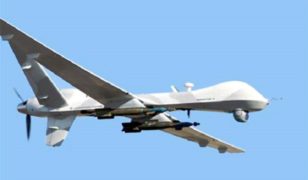IARPA posts DNAtoFace RFI, revises response date
 On December 14, the Intelligence Advanced Research Projects Activity (IARPA) revised their DNAtoFace program posting (Solicitation Number: IARPA-RFI-17-01). The response date has been extended to December 30.
On December 14, the Intelligence Advanced Research Projects Activity (IARPA) revised their DNAtoFace program posting (Solicitation Number: IARPA-RFI-17-01). The response date has been extended to December 30.
DNA is used by multiple components of the United States (U.S.) government for identifying individuals, detecting and diagnosing medical conditions, and for determining family relationships. Depending on the circumstances, DNA samples can be obtained through consent from a witting individual, or they can be forensically recovered from left behind cells. All cells (e.g., skin, hair, blood, saliva, etc.) contain DNA.
In support of scenarios where a forensic DNA sample is recovered from an unknown person, IARPA would like to investigate using genetic DNA phenotyping to provide investigative or intelligence leads for identifying the person by providing a possible face structure and appearance of the unknown person. Advancements in genetic phenotyping suggests the possibility of predicting a human’s facial structure or other attributes from DNA sequences. IARPA is interested in knowing whether single nucleotide polymorphisms (SNP) yield sufficient information for making such prediction or if the whole genome sequence is required. If it is possible to develop a robust genotype to phenotype face prediction model, additional information will be required to determine the required sample size of the training dataset.
The DNA training dataset would be used for developing the technology or algorithms required to create the training models. An additional ground truth dataset that contains known face images of the individual will be required to then test the accuracy of the training models and predictive algorithms. These DNA SNP and whole genotype databases, along with the corresponding ground truth face images, would need to be created if not already available for government use. Consideration must be made for determining the appropriate population that should be solicited for developing the training and testing datasets.
Full information is available here.
Source: FedBizOpps








